Amazon, the e-commerce behemoth founded by Jeff Bezos in 1994, has transformed from a humble online bookstore into one of the most influential companies in the world. Its journey to becoming the “everything store” is a fascinating tale of innovation, strategic vision, and relentless customer focus. Let’s explore the key elements that have driven Amazon’s remarkable success.
Amazon Customer Centric Approach
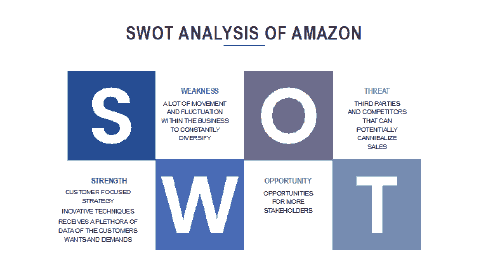
At the heart of Key to Amazon’s Success is an unwavering commitment to customer satisfaction. The company operates on the principle of “customer obsession,” constantly striving to meet and exceed customer expectations. This approach is evident in Amazon’s wide range of products, competitive pricing, fast delivery, and exceptional customer service. By prioritizing the customer experience, Amazon has built a loyal customer base and a strong brand reputation.
Amazon’s customer-centric approach extends beyond just selling products. The company continuously seeks feedback and makes improvements based on customer needs and preferences. Features like customer reviews, hassle-free returns, and 24/7 customer support are designed to enhance the shopping experience. This relentless focus on customers has fostered trust and loyalty, encouraging repeat business and word-of-mouth referrals, which are crucial for sustained growth.
Amazon Diversification and Innovation
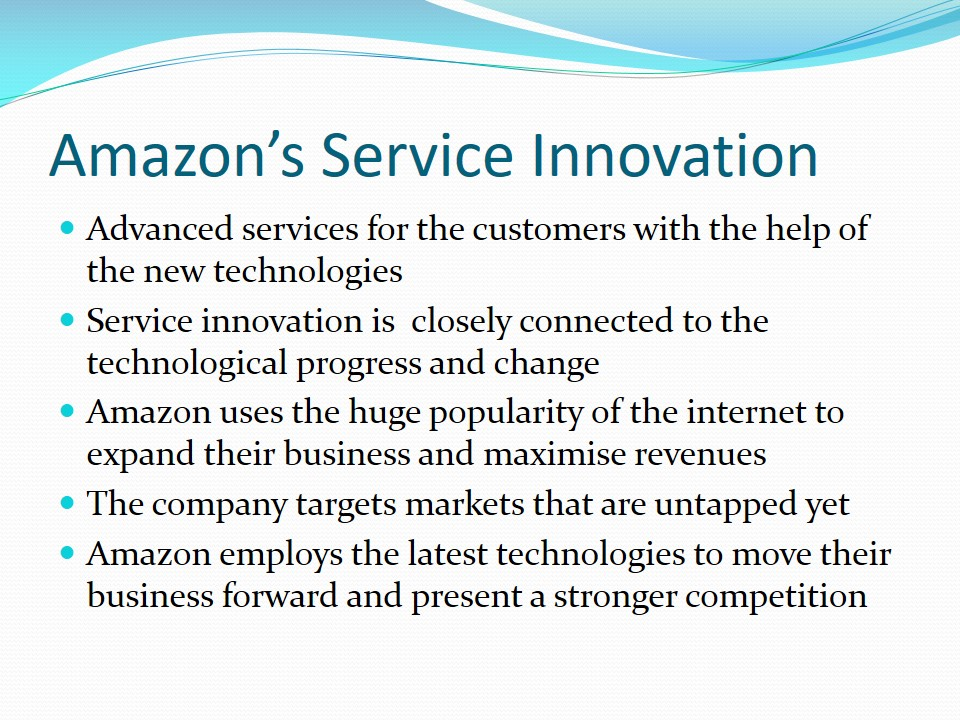
Amazon’s ability to diversify its offerings and innovate continuously has been crucial to its growth. Starting as an online bookstore, Amazon quickly expanded into other product categories, including electronics, clothing, and household goods. The introduction of Amazon Prime, a subscription service offering free shipping, streaming, and other benefits, revolutionized the e-commerce model and enhanced customer loyalty.
Innovation is a core component of Amazon’s strategy, driving the development of new products and services. Beyond retail, Amazon has ventured into various industries, such as cloud computing with Amazon Web Services (AWS). Which has become a major revenue driver. AWS provides scalable and cost-effective cloud solutions to businesses, contributing significantly to Amazon’s profitability. Other innovations like Alexa, Amazon’s voice-controlled assistant, and Kindle, its e-reader, showcase the company’s commitment to staying at the forefront of technology and consumer trends.
Amazon Advanced Technology and Logistics
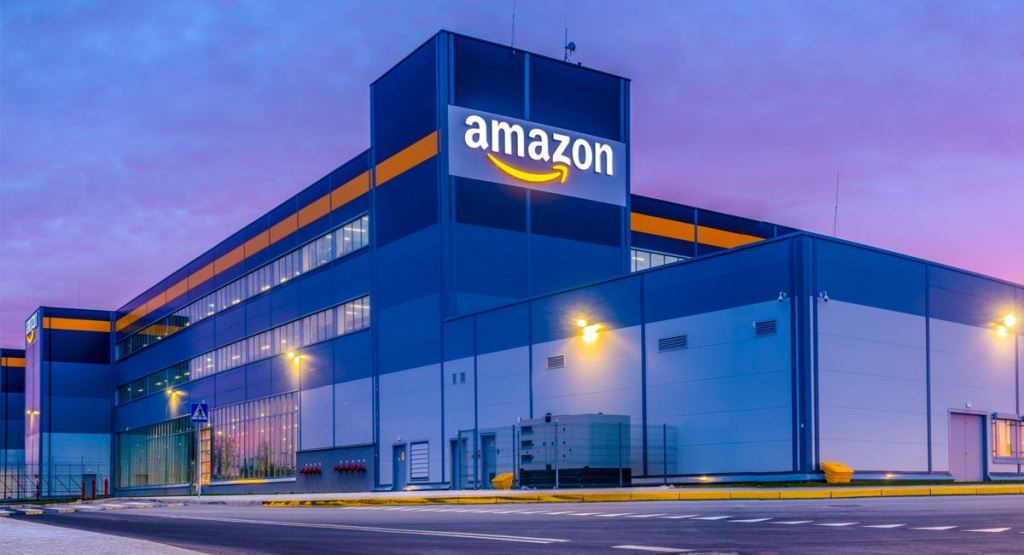
Amazon’s technological prowess and efficient logistics network have played a vital role in its success. The company invests heavily in technology to streamline operations and improve customer experience. Its sophisticated algorithms and data analytics capabilities enable personalized recommendations, targeted advertising, and efficient inventory management. These technologies help Amazon anticipate customer needs and deliver relevant product suggestions, enhancing the overall shopping experience.
Moreover, Key to Amazon’s Success Amazon’s extensive logistics network, including fulfillment centers, warehouses, and delivery fleets, ensures fast and reliable delivery. The company continuously innovates in logistics, employing automation and robotics to optimize warehouse operations and reduce delivery times. Innovations like Amazon Prime Air, which aims to deliver packages using drones, highlight the company’s commitment to staying ahead of the curve. This advanced logistics infrastructure is crucial for maintaining high customer satisfaction and supporting the company’s rapid growth.
Amazon Marketplace Model

Amazon’s marketplace model allows third party sellers to list their products on the platform, significantly expanding its product range without bearing inventory costs. This model has attracted millions of sellers worldwide, contributing to Amazon’s vast selection and competitive pricing. The marketplace also generates additional revenue through fees and commissions charged to sellers. By providing a platform for third-party sellers, Amazon enhances its product diversity and meets a wide range of customer needs.
The marketplace model also fosters competition among sellers, driving prices down and benefiting consumers. Sellers gain access to Amazon’s vast customer base and advanced logistics network, while Amazon benefits from increased sales volume and product variety. This symbiotic relationship creates a dynamic ecosystem where both Amazon and its sellers thrive. Furthermore, customer trust in the Amazon brand extends to third-party products, encouraging more purchases and boosting overall platform growth.
Amazon Strategic Acquisitions
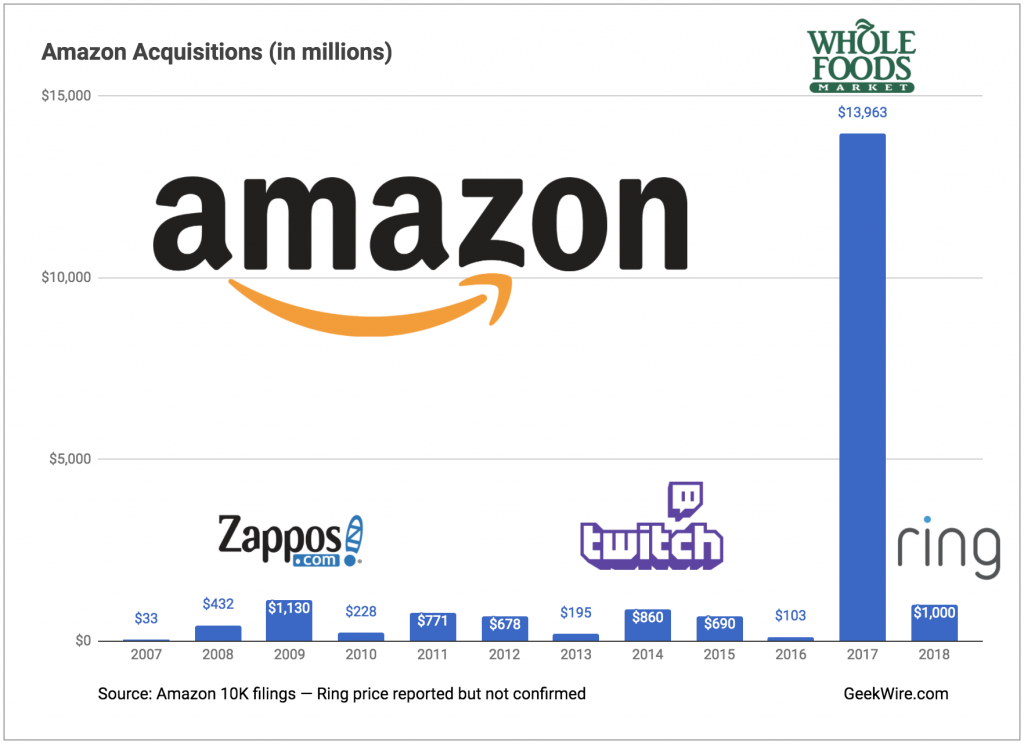
Strategic acquisitions have been instrumental in Amazon’s growth and diversification. Acquiring companies like Whole Foods Market enabled Amazon to enter the grocery sector and expand its physical retail presence. The acquisition of Zappos, an online shoe and clothing retailer, helped Amazon enhance its apparel offerings. By integrating these acquisitions, Amazon has broadened its product range and market reach. It allow it to tap into new customer segments and drive growth.
These acquisitions also provide Amazon with valuable expertise and resources. For instance, Whole Foods’ established supply chain and customer base offered Amazon a strong foundation to build its grocery business. Similarly, Zappos’ focus on customer service and operational excellence aligned with Amazon’s customer-centric approach. Which enhance its overall service quality. By strategically acquiring companies that complement its core business. Amazon continues to expand its capabilities and solidify its position in various markets.
Amazon Global Expansion
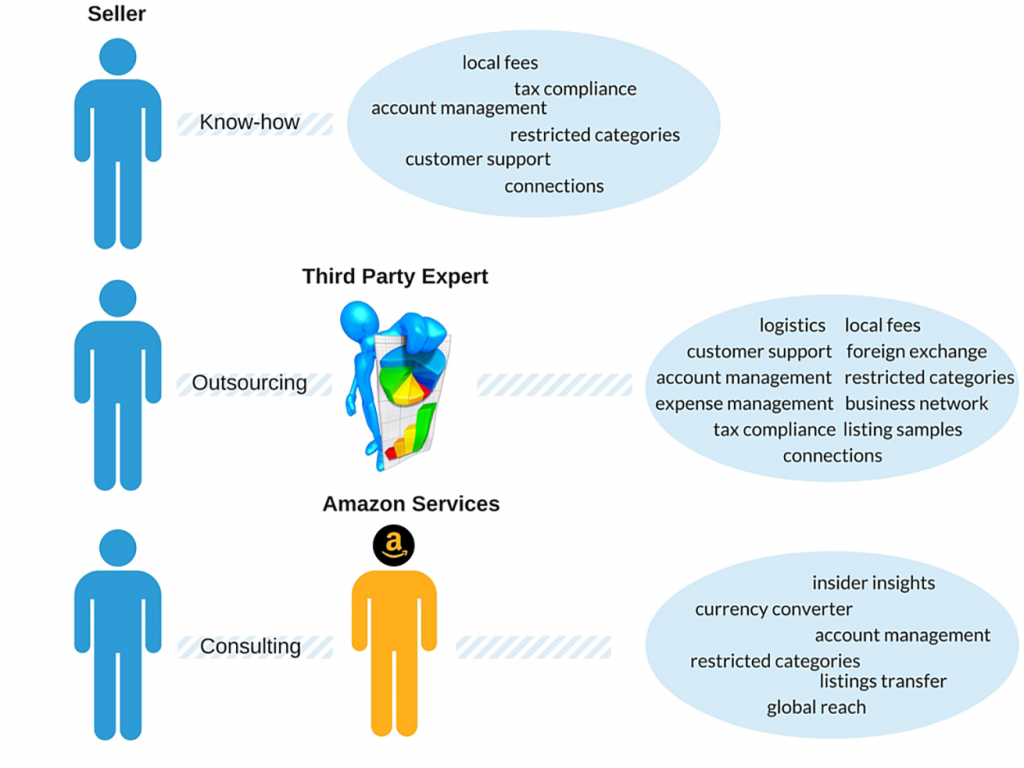
Key to Amazon’s Success is Amazon’s global expansion strategy. Which has allowed it to tap into new markets and grow its customer base. The company operates in numerous countries, adapting its services to local preferences and regulations. This global presence has enabled Amazon to leverage economies of scale, increase revenue, and mitigate risks associated with relying on a single market. By establishing a presence in diverse markets, Amazon can capture growth opportunities worldwide and reduce its exposure to economic fluctuations in any one region.
Expanding globally also involves significant investments in local infrastructure, partnerships, and workforce development. Amazon tailors its approach to meet the unique needs of each market, from localized websites and product offerings to region-specific delivery options. This localization strategy helps Amazon resonate with local consumers and build trust in new markets. Additionally, Amazon’s global footprint supports its vision of being the world’s most customer-centric company, providing customers everywhere with access to its vast product selection and superior service.
Visionary Leadership
Jeff Bezos’s visionary leadership and long-term strategic thinking have been pivotal to Amazon’s success. Bezos emphasized innovation, risk-taking, and a willingness to disrupt traditional business models. His focus on reinvesting profits into growth initiatives, rather than short-term gains. It has positioned Amazon as a leader in various industries. Under his leadership, Amazon has continuously pushed the boundaries of what an e-commerce company can achieve, setting new standards for customer service, technology, and logistics.
Bezos’s leadership style also fostered a culture of experimentation and learning. Amazon’s willingness to launch new initiatives, learn from failures, and iterate rapidly has driven its innovation. Programs like Amazon Prime, AWS, and Kindle were born from this culture of experimentation. Bezos’s ability to envision the future of commerce and technology, coupled with his commitment to long-term goals, has ensured that Amazon remains at the forefront of the digital revolution, continuously evolving and growing.
Conclusion
Amazon’s journey from a small online bookstore to a global e-commerce powerhouse is a testament to its customer-centric approach, diversification, technological innovation, and strategic vision. By continually evolving and adapting to market changes. Amazon has maintained its competitive edge and solidified its position as a dominant force in the digital age. As it continues to expand and innovate. Amazon’s influence on the global economy and consumer behavior will undoubtedly persist, shaping the future of commerce.













